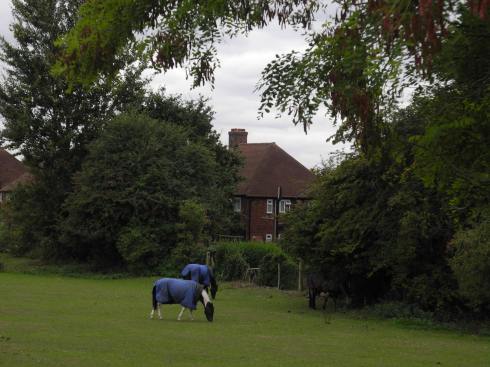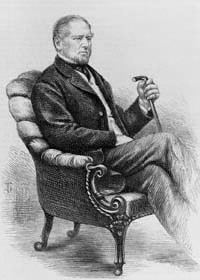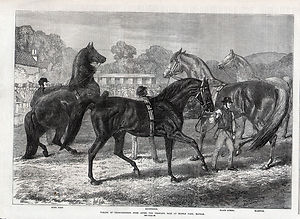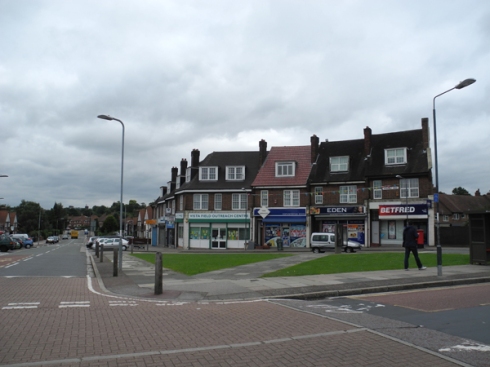You are currently browsing the tag archive for the ‘William Blenkiron’ tag.
Guest Post by BK
The Middle Park Stakes is run on October 12 this year on the famous Rowley Mile at Newmarket; where it has been held nearly every year since 1866. It is one of the most important races for 2-year old horses in the racing calendar and provides an important test for the following year’s prospective 200-Guineas and Derby entrants. Few people now realise that it shares its heritage with an estate in Eltham, perhaps most famous as the home of Boy George.
From the 16th to the 19th century Eltham was mainly farm and park land dominated by Eltham Palace. Originally the Palace estate was divided into 3; The Great Park; The Little, or Middle, Park; and Home, or Lee, Park. They were mainly wooded areas which provided land for deer-hunting. During the Commonwealth Cromwell’s troops killed the deer; and the trees were pulled down for shipbuilding. A survey of 1649 of Cromwell’s estates reported ‘The Middle Park, 333 acres 2 rods 7 perches. The deer and park all destroyed, and the park disparked by the soldiery and common people since the summer before. The trees marked for The Navy 1,000. The rest old and fit for fire. 334 worth £162.’ With The Restoration, Charles II gave the estates to his financier, Sir John Shaw, who built a grand house called Eltham Lodge, the Palace having fallen into disrepair. Great Park is now Royal Blackheath Golf Club and the Lodge is the clubhouse.
Middle Park served as a farm providing food for residents of The Great Park until it was sold in 1852. William Blenkiron was a Yorkshireman who was a successful business agent and manufacturer of socks and collars; but his main interest was breeding thoroughbred horses. He bought his first in 1847 and became so successful that he expanded by moving to Middle Park.
His success continued. In 1856, his first sale had 14 lots; by 1866, the year he endowed the race named after his farm; he gave a prize of 1,001 guineas, presumably to go one better than the classic race that is also run over the Rowley Mile; he had to expand to two sales per year. The sale had 58 lots and was worth £17,905 guineas. The sales were attended by nobility from Britain and even Europe.
Middle Park was by now the largest and most successful stud in the world and considered to be one of the biggest attractions in the country. Middle Park under William Blenkiron produced four Derby winners amongst a host of other classic victories. In 1867 his horse Hermit won in a snowstorm, beating Marksman which was another Middle Park product. The success was due to Blenkiron’s new theories and interest in horse breeding and the inheritance of genetic characteristics. He even corresponded on these matters with non-other than Charles Darwin who lived nearby at Downe House in Bromley.
He died at Middle Park on 25 September 1871 and he is buried in Eltham churchyard. His son then sold the stud in 1872 for 124,620 guineas. The land gradually reverted to agriculture until it was bought by Woolwich Corporation in 1931 to build housing.
Thus came to an end Eltham’s brief interlude as the world centre for horse-breeding. All that is left is the memorial in Eltham church yard and the shopping mall in the centre of Middle Park called Newmarket Green. At least they could have named a street after him.




